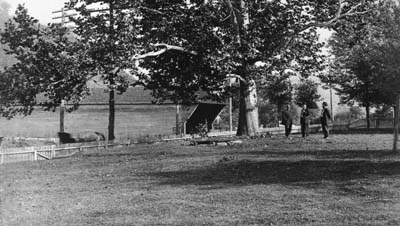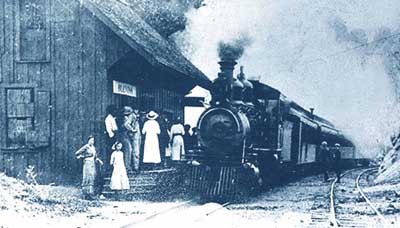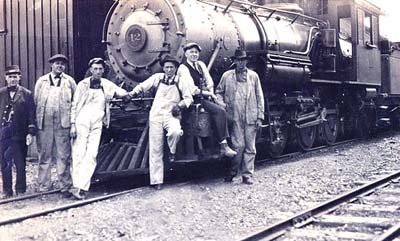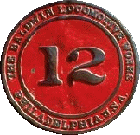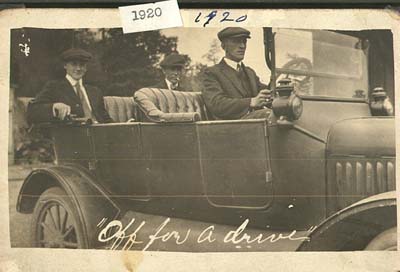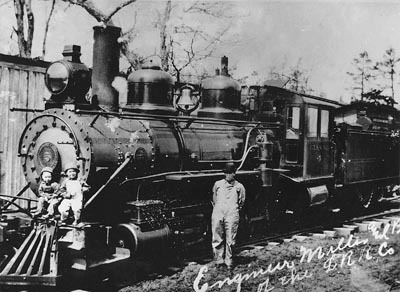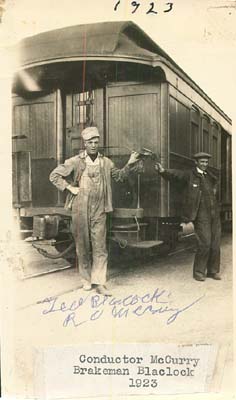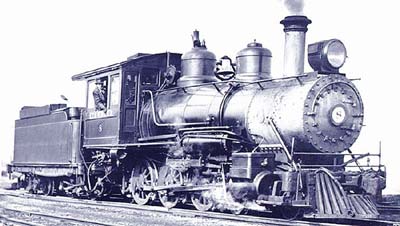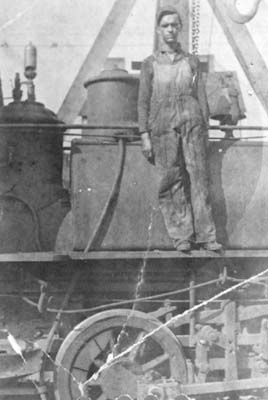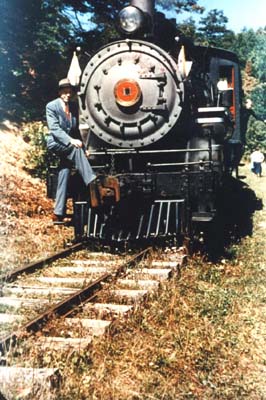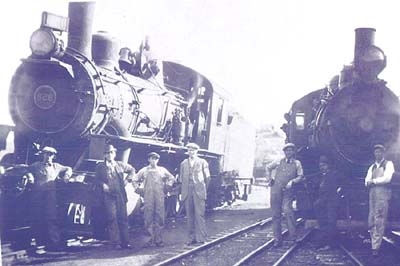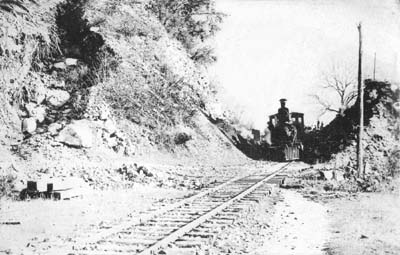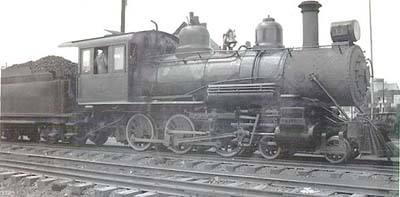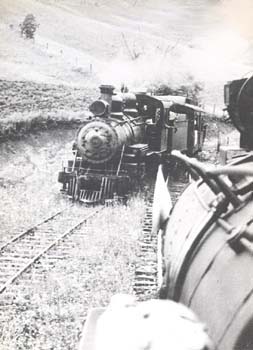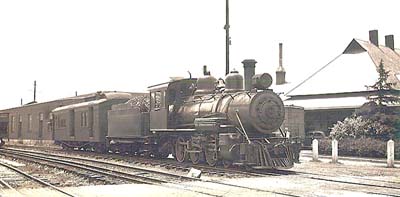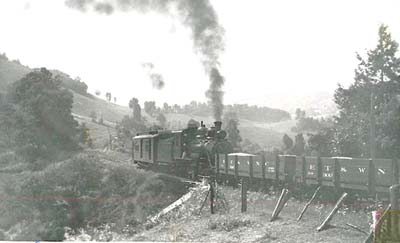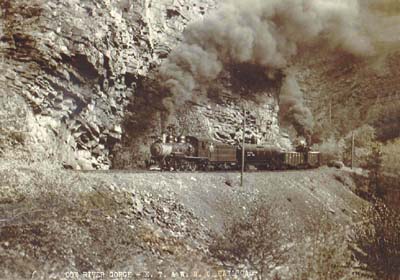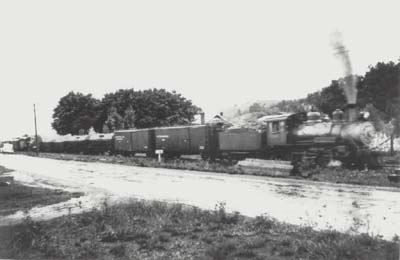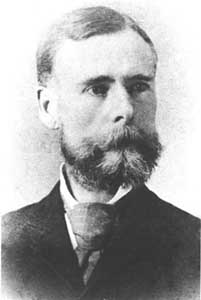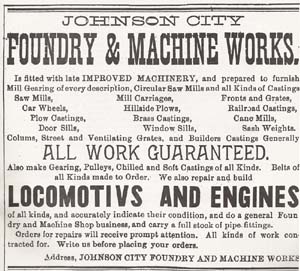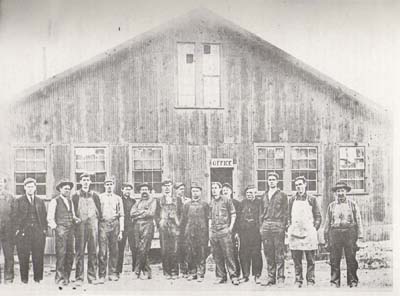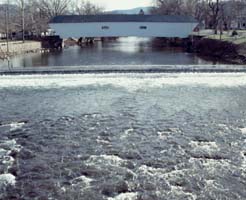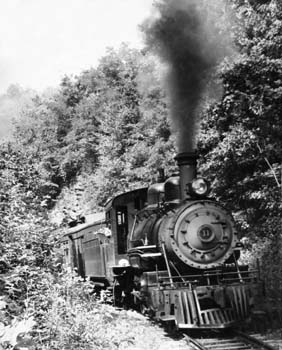
|
|
Date: 1919 |
Engine 11 is working hard between Blevins Station and Crabtree. You can drive down this old railroad bed on "Railroad Grade Road" today in Carter County. The scenes below show views from driving the abandoned former ET&WNC narrow gauge railroad line on sections that were converted to private and county roads east of Hampton, Tennessee. The great thing about touring sections of the old narrow gauge Tennessee Tweetsie is that it is easily accessible from U.S. 19E and essentially has the unspoiled scenic environment of a century ago. |
 |
|||
Railroad Grade Road |
Railroad Grade Road |
View from RR Grade Road |
Looks like 1910 |
 |
 |
||
Near Rittertown Road |
Near Rittertown Road |
Logging near Doe River Gorge |
Not designed for Autos |





